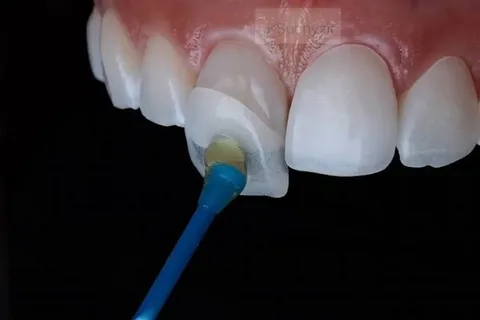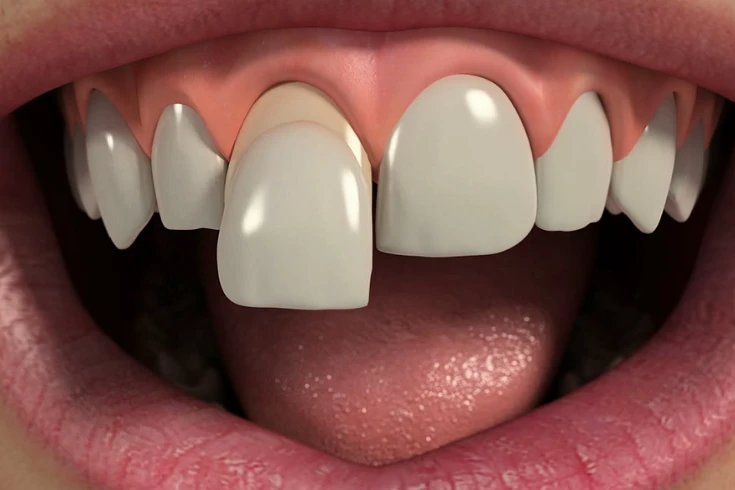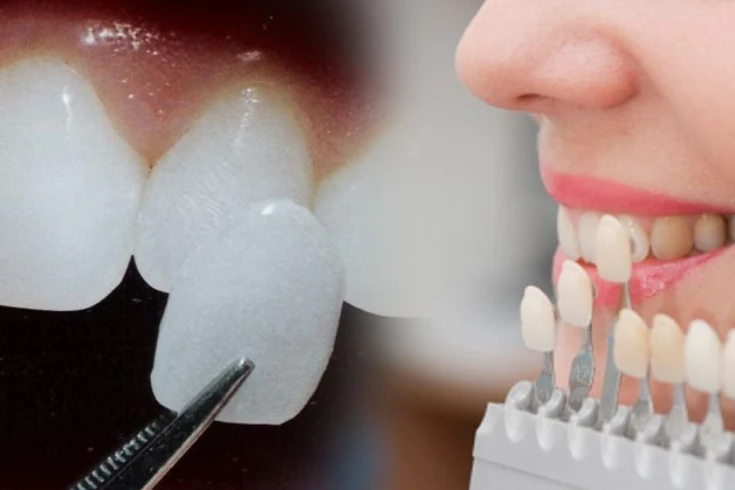Wondering why my tooth filling fell out and do not know what caused it to fall out. There are various reasons why your tooth filling fell out. Tooth fillings fell out can be a distressing experience, often leaving individuals concerned about their dental health and seeking immediate solutions. Whether it’s a result of wear and tear over time, poor initial bonding, or underlying decay weakening the tooth structure, the sudden loss of a filling can lead to discomfort and increased vulnerability to further damage.
Despite the tooth filling fell out no pain, the exposed tooth may become sensitive to hot or cold temperatures, and there is a risk of food particles becoming trapped, potentially leading to decay or infection. While some may opt for tooth filling fell out temporary fixes or home remedies to alleviate discomfort, such as dental cement or temporary filling materials.
Why Does Tooth Filling Fell Out?
A tooth filling can fall out for several reasons. These reasons include decay around the filling, wear and tear, or trauma to the tooth. Decay weakens the tooth structure, causing the filling to lose its grip and fall out. Similarly, constant chewing and grinding can gradually wear down the filling, leading to its dislodgement. Trauma, such as biting down on a hard object, can also cause the filling to break or come loose. Following are some of the reasons why tooth filling fell out:
- Wear and Tear: Over time, the filling material can degrade or wear down due to chewing forces, grinding of teeth, or exposure to acidic foods and beverages.
- Poor bonding of filling material: During the placement if the filling material was not properly bonded to the tooth surface, it may not adhere securely and can become dislodged.
- Decay or Fracture: Decay or fractures in the tooth structure surrounding the filling can compromise its integrity, causing it to loosen or fall out.
- Accidents: Accidental trauma or injury to the tooth, such as a blow to the face, can dislodge the filling.
- Chewing Hard Foods: Chewing on hard or sticky foods can put excessive stress on the filling, causing it to break or become dislodged.
- Changes in Temperature: Extreme changes in temperature, such as eating hot foods followed by cold beverages, can cause the filling material to expand and contract, leading to loosening or dislodgement.
What are the Reasons Behind My Filling Fell Out of the Tooth?
Several factors can cause a filling to fall out of a tooth:
- Decay: If decay forms around the edges of the filling, it can weaken the bond. This weakening can cause the filling to dislodge from the tooth.
- Biting Forces: Continuous pressure from chewing or grinding can gradually loosen the filling over time.
- Poor Fit: If the filling wasn’t properly placed or if there are gaps between the filling and the tooth, it’s more likely to fall out.
- Age: Over time, fillings can degrade and weaken, making them more prone to falling out.
- Trauma: A strong impact or trauma to the tooth can dislodge the filling.
- Expansion and Contraction: Changes in temperature, such as eating hot or cold foods, can cause the filling and the tooth to expand and contract at different rates, potentially loosening the filling.
- Chewing Sticky Foods: Sticky or chewy foods can sometimes pull on the filling, causing it to come loose.
What to Do if Root Canal Tooth Filling Fell Out?
If you are thinking about how your root canal tooth filling fell out, it’s important to address the situation promptly to prevent further damage or infection. Below are things you can do if root canal filling fell out:
- Visit Dentist: Reach out to your dentist as soon as possible. They can advise you on the next steps and schedule an appointment to have the filling replaced.
- Cleaning the area: For the time being you can keep the area clean by gently brushing and rinsing with warm salt water. Doing so will help to prevent debris from accumulating and causing irritation or infection.
- Avoid Chewing on That Side: Try to avoid chewing on the side of the mouth where the filling fell out to prevent further damage or discomfort.
- Temporary Measures: If you’re experiencing discomfort, you can go for tooth filling fell out temporary fix where dental cement is used to fill the space. However, this should only be a temporary measure until you can see your dentist.
- Avoid Certain Foods: Avoid sticky or hard foods that could exacerbate the situation or get lodged in the cavity.
- Take Pain Relief if Necessary: Over-the-counter pain relievers like ibuprofen or acetaminophen can help alleviate any discomfort while you wait to see your dentist.
- Follow Up with Your Dentist: Make sure to keep your scheduled appointment with your dentist to have the filling replaced. They can assess the tooth and ensure that it is properly restored to prevent further issues.
Explore our root canal services and how our experienced and professional doctors deal with your treatment. Book your free consultation now!
How to Temporary Fix Tooth Filling Fell Out?
If a tooth filling falls out unexpectedly, it’s essential to seek professional dental care as soon as possible to address the issue properly. However, if you’re unable to see a dentist immediately and need a temporary fix to alleviate discomfort or protect the exposed tooth, here are some steps you can take:
- Clean the Area: You can use a toothbrush and toothpaste to gently remove any debris or food particles.
- Temporary Filling Material: Temporary filling materials are available over-the-counter at pharmacies or drugstores. These materials usually come in a putty-like form. They can be molded and placed into the cavity left by a missing filling. Follow the instructions on the product packaging carefully for proper application.
- Dental Cement: Dental cement, also known as temporary dental adhesive, is used to temporarily secure a filling. You can use it until you can see a dentist. Apply a small amount of dental cement to the cavity and gently press the filling material into place. Be sure to avoid chewing on the repaired tooth until you can see a dentist for a permanent solution.
- Avoid Certain Foods: To prevent further damage, avoid chewing on hard foods. To avoid discomfort and additional stress, avoid chewing on sticky foods. Stick to softer foods. Avoid using the affected tooth for biting or chewing. Wait until the tooth has been properly repaired by a dentist before using it for biting or chewing.
- Over-the-Counter Pain Relief: If you experience discomfort or sensitivity, you can take over-the-counter pain relievers, such as ibuprofen or acetaminophen, to help alleviate pain. Follow the directions for proper use to reduce inflammation as well.
Frequently Asked Questions
What should I do if my tooth fillings fell out?
Contact your dentist as soon as possible to schedule an appointment. In the meantime, keep the area clean and avoid chewing on that side of your mouth.
Is it normal for a filling to fall out?
While it’s not common, fillings can occasionally fall out due to wear and tear, decay, or other factors. Seeing your dentist regularly for check-ups can help prevent this.
Can I use temporary filling material until I see my dentist?
Yes, you can use over-the-counter temporary filling material to cover the cavity temporarily. However, this should only be a temporary solution until you can see your dentist for a proper replacement.
Will it hurt if my filling fells out?
You may experience some sensitivity or discomfort, especially when eating or drinking hot or cold substances. Over-the-counter pain relievers can help alleviate any discomfort.
How long does it take to replace a filling?
The time it takes to replace a filling depends on the extent of the damage and the type of filling material used. Your dentist will assess the situation and provide you with a timeframe during your appointment.
Can I prevent teeth fillings fall out in the future?
While some factors leading to filling loss may be unavoidable. Maintaining good oral hygiene can help prevent future issues. Avoiding chewing hard objects can also help prevent future issues. See your dentist regularly for check-ups to prevent future issues.





